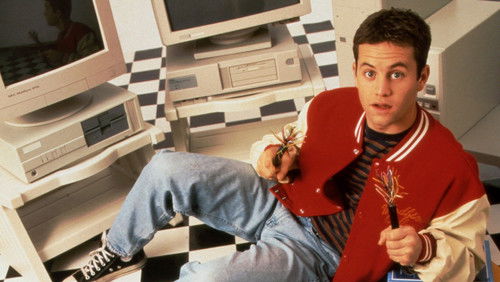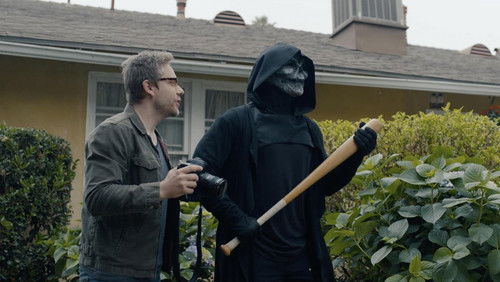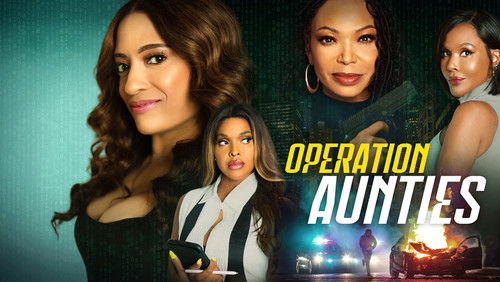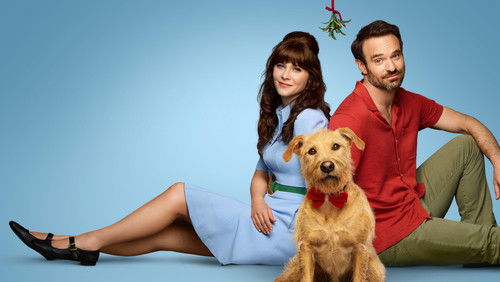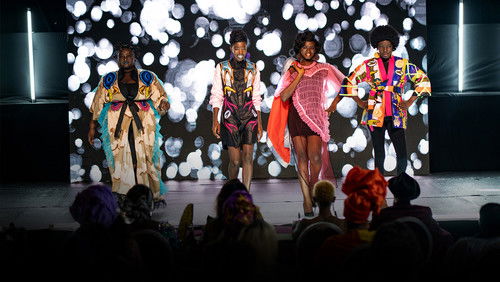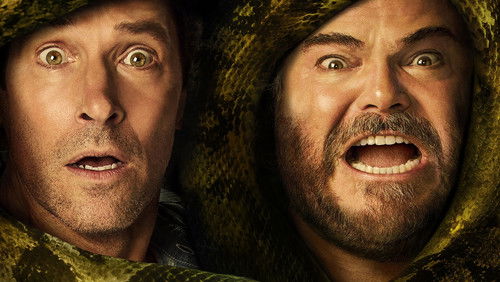Here Come the Waves (1944)
16KHere Come the Waves: Directed by Mark Sandrich. With Bing Crosby, Betty Hutton, Sonny Tufts, Ann Doran. Show business twin sisters Rosemary and Susie, one serious and the other a scatterbrain, join the WAVES and both fall in love with crooner Johnny Cabot.
“u0026quot;Here Come the Wavesu0026quot; is an entertaining film — mostly for its musical numbers. By the mid-1940s, Bing Crosby had been a long- established singer and movie star. The film is a late entry in wartime movies that might be considered recruitment films for the U.S. war effort. But itu0026#39;s interesting and something of a curiosity as well. Itu0026#39;s a light comedy romance that also seems to be something of a spoof. All of Crosbyu0026#39;s tunes here are very slow love songs. And, in the early scenes of swooning women in the audience, Johnny Cabot (Crosby) exaggerates his crooning hilariously. u003cbr/u003eu003cbr/u003eBetty Hutton is OK but not exceptional in her double role as twin sisters Susan and Rosemary Allison, and Sonny Tufts is OK as Johnnyu0026#39;s friend, Windy Windhurst. The comedy is so-so, and the script is just mediocre. u003cbr/u003eu003cbr/u003eAudiences today may not be that familiar with the Waves. In its plural reference, it was the WW II womenu0026#39;s branch of the U.S. Navy. The acronym stood for Women Accepted for Volunteer Emergency Service.u0026quot; But this movie isnu0026#39;t as much about the Waves as it is about a star singer who flees the adulation of screaming fans to become part of a romantic triangle. Another film, u0026quot;In the Navy,u0026quot; was made in early 1941, and is a much better portrayal of a star fleeing his fans. That Abbott and Costello film, with Dick Powell, has much more humor and dwells much more on the star escaping his adoring public. Both of these films are early portrayals of the mob hysteria of idol worshippers. u003cbr/u003eu003cbr/u003eIn the 1941 film, the mobs are usually the screaming teenage girls that were common to films in the later rock and roll age. But in this 1944 film, the adulation – if not the hysterics, includes young women and some into middle age. u003cbr/u003eu003cbr/u003eModern audiences that watch rock and roll era movies may think of that time as the birth of idol worship. Films of the late 1950s and into the 1960s had scenes of crazed idol worshipers. The hordes of mostly teenage girls were u0026quot;madly in loveu0026quot; with a male singer. Hollywood made many such films, so itu0026#39;s no wonder people today might think that was when idol worship in the entertainment field began. But its start was much earlier.u003cbr/u003eu003cbr/u003eFan clubs of stars sprang up within a short time after the inventions that brought entertainment to the public on a large scale. Thomas Edisonu0026#39;s phonograph of 1877 led the way, and the inventions of radio and moving pictures in the early 20th century ushered in more fan clubs of the big stars. But few movies made in the early decades showed the clubs. None had them as screaming, crazed idol worshipers. That became a trademark of the rock and roll films. u003cbr/u003eu003cbr/u003eYet, as these early films show, frenzied idol worship was a reality early in the 20th century. It was here well before the bobby soxer generation of the 1940s and early 1950s that preceded the age of rock and roll. Rudy Vallee was one of the 1930s crooners who had a big following of boisterous females. And Frank Sinatra had a huge following of crazed fans as the top pop singer of the mid-1940s. But Elvis Presley became the king of mob idol hysteria as well as king of rock and roll in the mid-1950s. With a number of contemporary stars around Presley, itu0026#39;s little wonder that that period should have so many films – mostly musical romances, that would show the hysterics in the worship of entertainment idols.”



